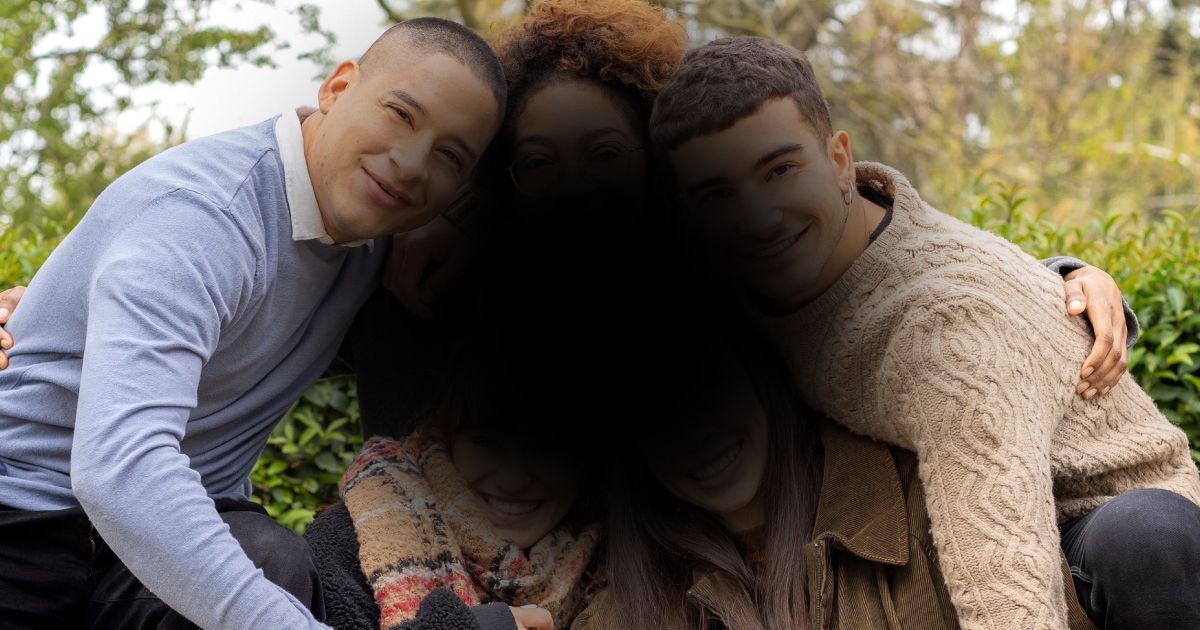Halloween Colored Contacts: Everything You Need to Know for a Spooky Look!

Read time: 3 minutes
When Halloween rolls around, many of us seek to transform ourselves into fantastical creatures, ghouls, or characters from our wildest dreams. And what better way to complete your Halloween look than with colored contacts? These eye-catching accessories can add a whole new dimension to your costume, making it stand out in the crowd. However, it's important to know that colored contacts are not just fashion accessories; they are considered medical devices and should be treated with care. In this article, we'll delve into everything you need to know about getting colored contacts for Halloween.
Prescription Requirement: Colored Contacts are Medical Devices
First and foremost, it's crucial to understand that colored contacts are medical devices. They are placed directly on your eyes, which makes them subject to regulations to ensure your safety. These regulations include the requirement for a prescription from a qualified optometrist. Even if you don't have vision problems, it's essential to get your eyes checked by a professional before trying colored contacts. A prescription will ensure that the contacts you receive are safe and suitable for your eyes.
Say No to Online Retailers for Prescription Contacts
While the convenience of online shopping is undeniable, it's important to be cautious when it comes to buying prescription colored contacts online. Countless websites and sellers offer these products without requiring a prescription. This is not only illegal but also extremely risky. Without a prescription, you may receive contacts that are not properly fitted to your eyes, which can lead to serious eye health issues. Moreover, you may not even be sure of the quality and safety standards of these online products.
Choose Reputable Suppliers and Brands
To ensure that your Halloween-colored contacts are safe and comfortable, make sure to purchase them from reputable suppliers or brands. These companies adhere to the necessary safety regulations and provide high-quality products.
Follow Proper Care and Hygiene
Just like regular contact lenses, colored contacts require proper care and hygiene. Cleanliness is essential to prevent eye infections or discomfort. Follow the cleaning and storage instructions provided by the manufacturer or your optometrist. Never share your colored contacts with others, and avoid wearing them for extended periods.
Temporary vs. Extended Wear Contacts
Some colored contacts are designed for one-time use, while others are meant for extended wear. Be sure to choose the type that best suits your costume and your comfort. Disposable lenses are often more convenient for a single-night event like Halloween, but make sure to dispose of them properly after use.
Prioritize Safety and Comfort
While getting the perfect Halloween look is essential, your safety and comfort should always come first. If you experience any discomfort, redness, or irritation while wearing colored contacts, remove them immediately. Consult your optometrist if any issues persist.
The Takeaway
In conclusion, colored contacts can be a fantastic addition to your Halloween costume, but it's crucial to treat them as the medical devices they are. Never skip the prescription requirement, and avoid buying contacts from unverified online sources. Prioritize safety and comfort, and you'll be ready to rock that spooktacular look while safeguarding your eye health.
Remember, Halloween is all about fun, but it should also be safe and enjoyable for everyone. So, get your prescription, choose your colored contacts wisely, and have a wonderfully eerie and eye-catching Halloween!
Related Topic: The Hidden Dangers of Illegal Costume Contact Lenses: Protecting Your Vision Health
Share this blog post on social or with a friend:
The information provided in this article is intended for general knowledge and educational purposes only and should not be construed as medical advice. It is strongly recommended to consult with an eye care professional for personalized recommendations and guidance regarding your individual needs and eye health concerns.
All of Urban Optiks Optometry's blog posts and articles contain information carefully curated from openly sourced materials available in the public domain. We strive to ensure the accuracy and relevance of the information provided. For a comprehensive understanding of our practices and to read our full disclosure statement, please click here.


















